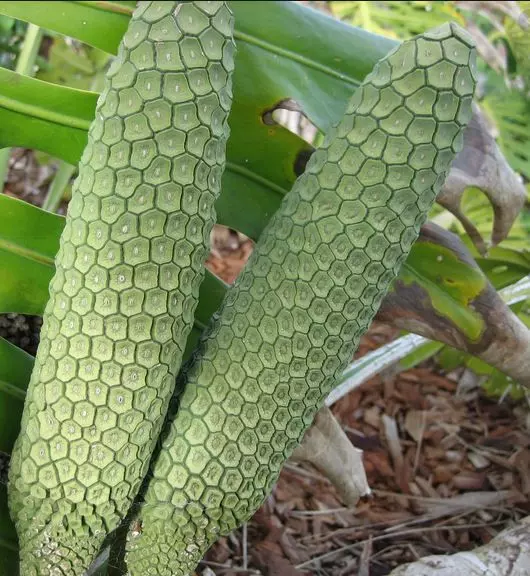Propagates Monstera adansonii is slightly different than Monstera deliciosa. In this article, you will learn all about Monstera adansonii propagation.
Table of Contents
Monstera adansonii Care Tips
Among the many reasons, Monstera adansonii stands out, in addition to being very resistant (and easy to care for). Monstera adansonii leaves are very decorative; so much so that they have been used ad nauseam as a decorative detail in architecture and design magazines, making it a cool and all-terrain plant.
Originally from the lush jungle, Monstera is a climbing plant that lives well in low light, which is why it is often seen in porches and shady corners. It likes moisture but does not tolerate waterlogging. And it is not very demanding in terms of care. But, yes, Monstera adansonii should be kept away from dogs and cats, as all parts of the plant can be toxic.
It is highly valued for its exotic appearance and its leaves, which when they sprout do not have the characteristic holes that give it its popular name. In some varieties of Monstera, the leaves can be of various mixed colors. Monstera adansonii can be grown in pots. But as it grows it will need a pot and a tutor (stick with moss or similar) to climb on.
Monstera adansonii can grow a lot. One of the most common mistakes is not to foresee that Monstera adansonii can grow a lot.
When Monstera adansonii grows outdoors, up to 20 m, and indoors, up to 3 (although there are specimens like this one, which is almost 50 years old, that exceed them). And as it grows, Monstera adansonii will put out aerial roots (those brown twigs that you see hanging), which is its natural way of airing itself and holding on to the ground.
If you want it to be at ease, put it in a warm and luminous place but without direct sun. Spray the leaves periodically so that they do not dry out, but do not water them more than necessary (once a week in summer and every two weeks in winter) because it does not like to be waterlogged. And give it a good pot and a stick to hold on to when it starts to climb.
Monstera adansonii is a climbing plant with long aerial roots that is grown for its attractive leaves.
Monstera adansonii blooms with beautiful large white calla lily-like flowers from spring to autumn, although indoors it rarely flowers.
Monstera adansonii likes humid environments, so it is recommended to spray it periodically with water so that the leaves do not dry out.
It is recommended to water Monstera adansonii once a week in summer and every 15 days in winter. Fertilizer should be added in spring, once a month.
This species, unlike Monstera deliciosa, is characterized by more perforated leaves that make them unique.
How to Propagate Monstera adansonii
Monstera adansonii propagation. Monstera adansonii is easy to propagate by several methods. One of the methods is propagation by cuttings in water. Easy by cuttings in water. Aerial stratification is another method of propagating Monstera adansonii. Lastly, the propagation of Monstera adansonii by seeds, is possible but extremely slowly.
Let’s check out each method for Monstera adansonii propagation.
First of all, identify your Monstera
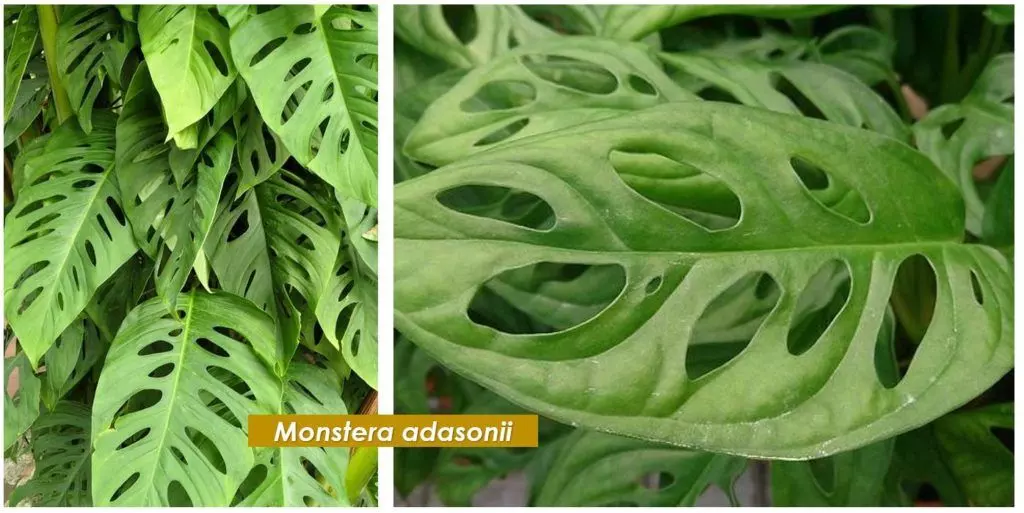
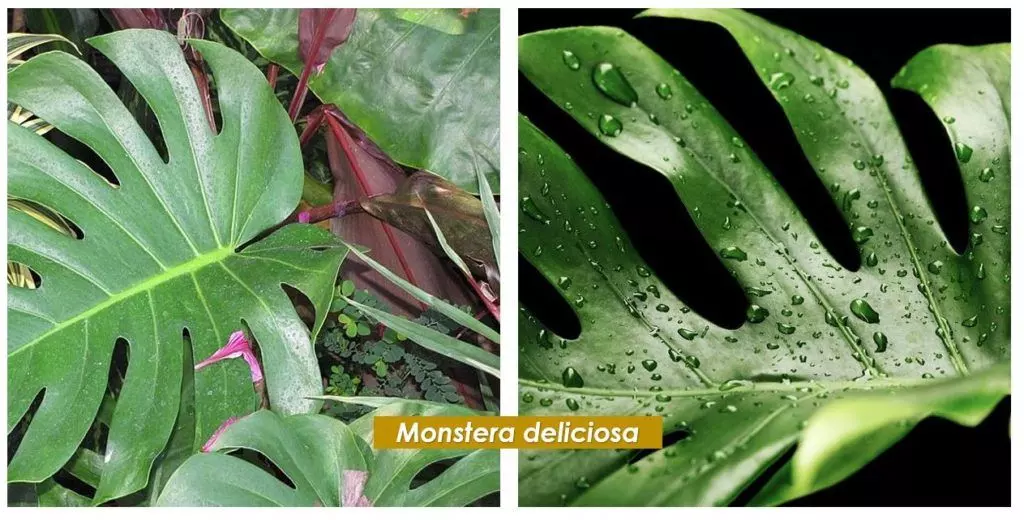
Here are some tips for Monstera adansonii propagation.
Monstera adansonii Propagation in Water
Monstera adansonii Propagation in Water. One of the methods is by cuttings in water. Easy by cuttings in water.
Commonly, Monstera is spread by stem cuttings. Monstera deliciosa or Swiss-cheese plant cuttings are easy to root.
For cuttings, you can root them first in the water. The other option is nailing them directly into the ground. However, it is not a good option to propagate Monstera adansonii.
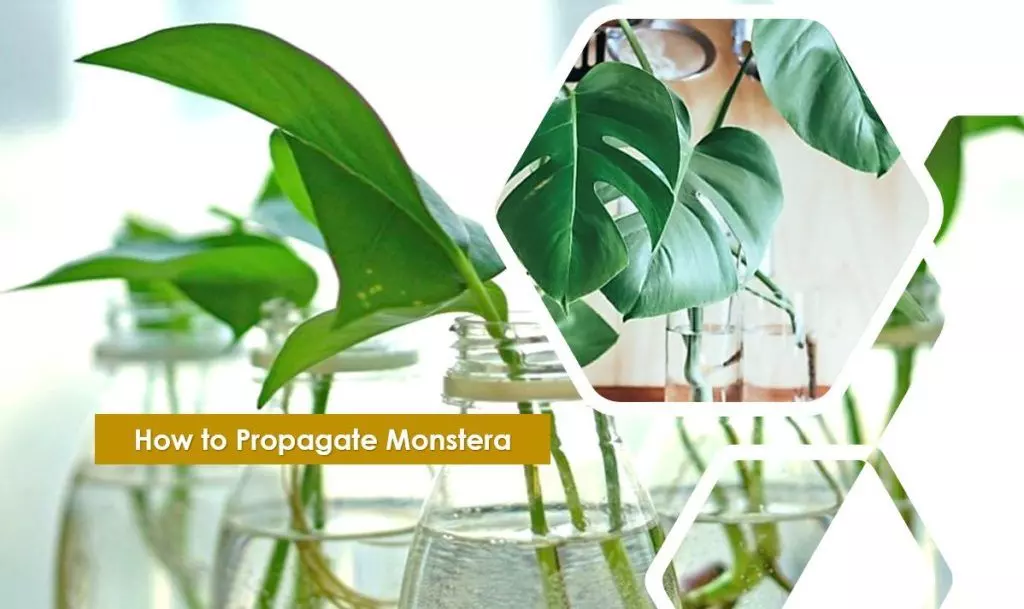
The cuttings should be taken just after the leaf knot, removing the lowest leaves.
Would you like to learn more about How to Propagate Monstera Deliciosa -Propagating Swiss Cheese Plant?
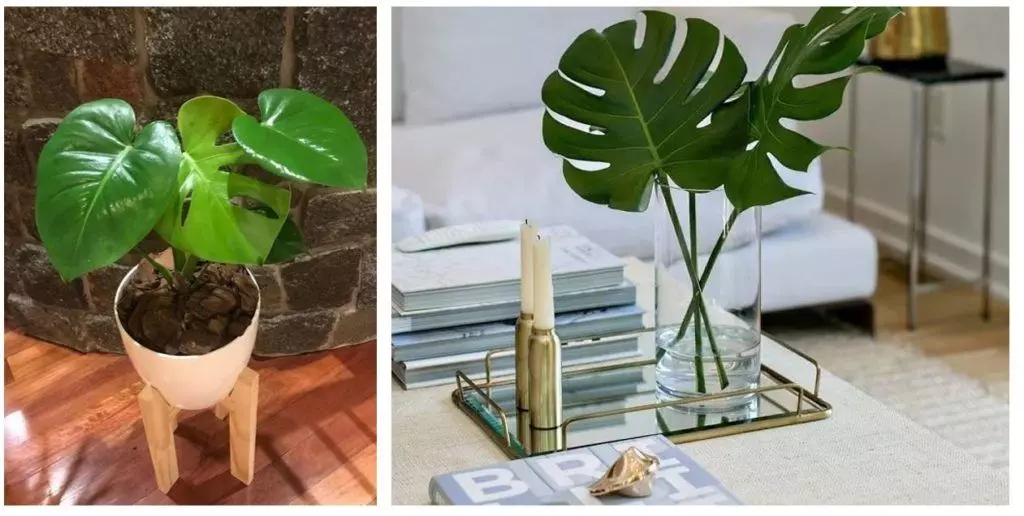
Monstera adansonii Propagation by Aerial Stratification
Monstera adansonii Propagation by Aerial Stratification is another method of propagating Monstera adansonii.
The process is very simple. Wrap some wet sphagnum moss around the stem with the aerial root.
Hold the wet moss with a small piece of string around it to secure it in place.
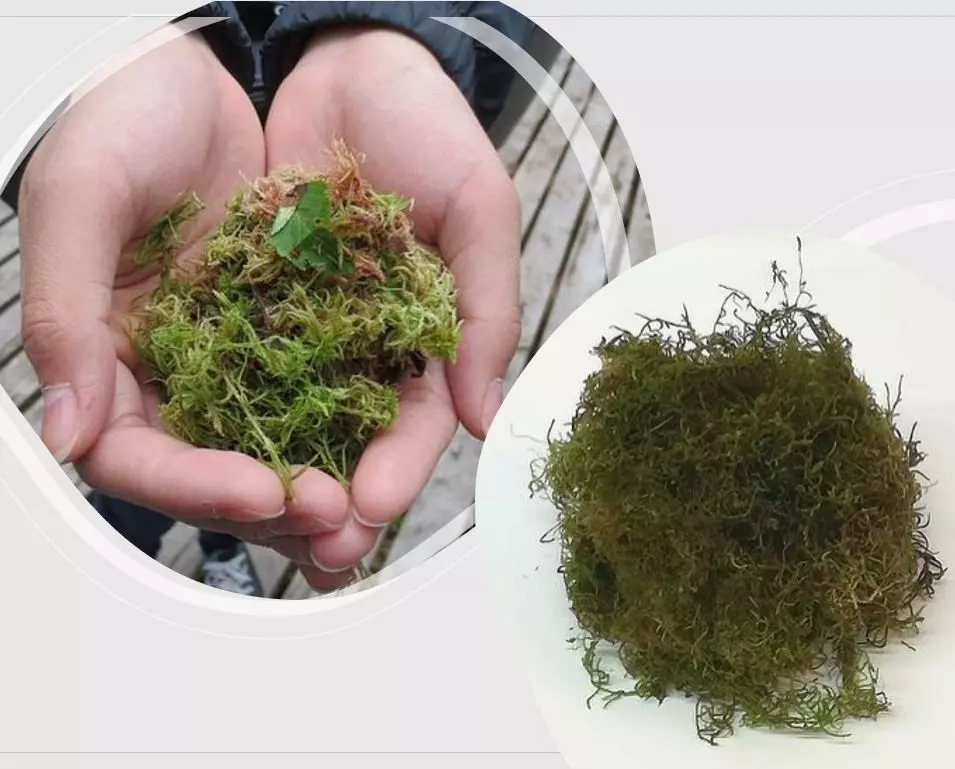
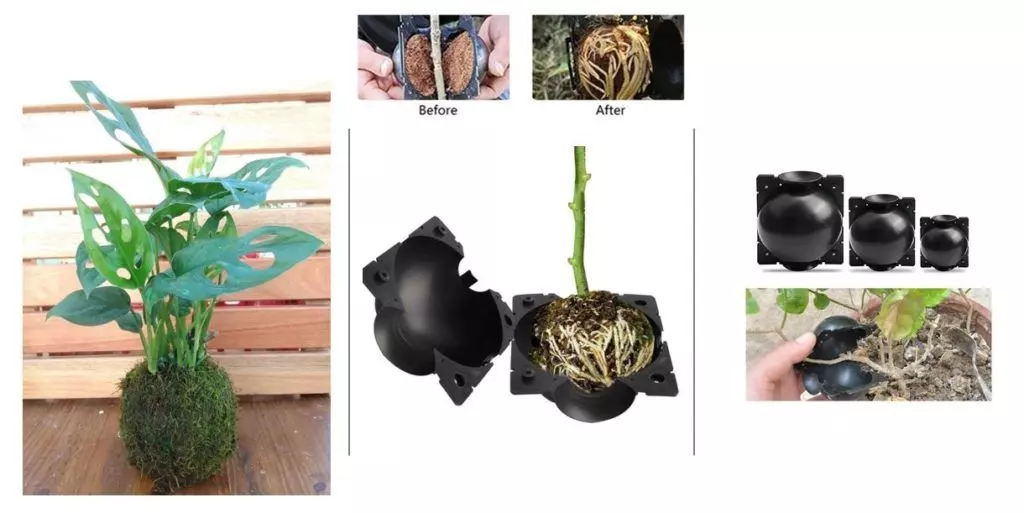
Monstera adansonii Propagation by Seeds
How to Propagate Monstera adansonii from Seeds? The propagation of Monstera adansonii can be done by seeds, germinating in a few weeks.
However, seedlings are extremely slow to develop.
The best soil to propagate Monstera adansonii is a mixture of 50% peat and 50% sand. If you want to learn more about Best Soil for Monstera, check out this article.
